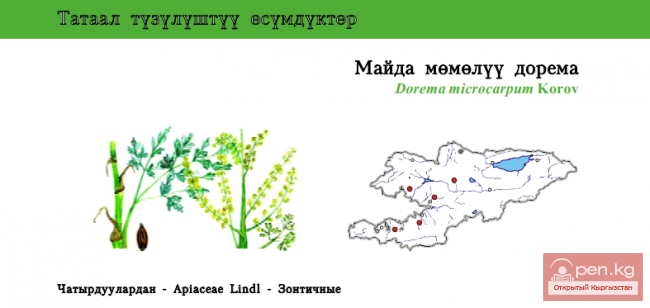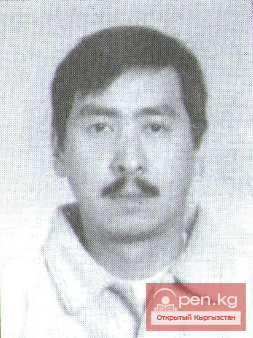By the end of the 9th and in the 10th century, Osh already occupied a prominent place among the cities and large settlements of Eastern Fergana.
Contemporaries considered it the third largest city in the Fergana domain of the Samanids — after the capital city of Ahsikent and the large (in size) city of Kuba (now Kuva).
Rabad, like in other Fergana cities of the 9th—12th centuries, was the center of trade and craft activity in Osh. Pottery production held a leading position in the urban crafts, although, judging by archaeological finds and information from written sources, various types of construction crafts, blacksmithing, and others were also developed. The products of Osh's potters, like those of other Central Asian potters of that time, were characterized (according to numerous archaeological finds) by a great variety of shapes and purposes of items made on the potter's wheel: from large containers — khums for grain, water, or wine to small sphero-conical vessels for storing mercury and aromatic oils. The decoration of ceramic items was equally diverse, covered with glaze and colorful ornaments with various motifs.
One of the pottery workshops with a mass of hollow ceramic sphero-cones, covered with stamped ornamentation, was discovered during the excavation of a pit for the foundation of the "Shirin" grocery store, located on the modern Sverdlov Street. Archaeological supervision was carried out by V. Druzhinina — a researcher at the Osh Regional Local History Museum. In other places within the city, beautiful glazed pottery, various metal, wood, and leather products from the 9th—12th centuries, and more rarely from the 13th century were also found, many of which are carefully preserved in the Osh Museum.
The craftsmen-builders, working with the labor of dependents from feudal urban lower classes and, apparently, Turkic slaves, constructed fortifications, palaces for the nobility, Muslim cult buildings, and madrasas of new architecture, caravanserais, inns, water reservoirs, baths, irrigation channels, bridges, and roads here, as in other Fergana cities. About Osh's craftsmen, as well as about the demographics of the urban population, its ethno-religious affiliation, social and professional composition, one can only make more or less justified assumptions based on the concise lines of written sources. But the very material remains of their creations speak of the hardworking and skilled hands of the direct producers, the craftsmanship of Osh's artisans, and the high level of construction and other spheres of material culture.
Indirectly, one can judge about the socially useful activity and partly about the position of urban craftsmen by the enthusiastic poem of the 11th-century poet Nazir Khisraw "Praise to Craftsmen":
Craftsman! There is no better fate in the world —
Not a king, but not a slave. Always free in will.
He hammers or sews at his workbench,
Neither in the evening does he sing in his native family.
Let him not walk every year with a full belly,
But he multiplies all that he produces.
Free from the fate that instills fear,
He also does not tremble before the pomp of the nobles.
Under his hammer, golden sparks fly...
Whether he hammers or sews, cooks or thunders,
He knows no low passions and does not want to know...
Hardworking, playful. Of sociable nature
Hosanna to the craft! Glory to the craftsman!
No! You will not find an equal to him anywhere!
For even kings need his labor!
Craftsmen produced a variety of items for the townspeople, taking them to the market for visiting merchants. In addition to trade rows, numerous shops and stalls of small traders, small craft establishments for making household items and national dishes, as well as storage facilities and caravanserais were an indispensable attribute of Central Asian bazaars. Here, the exchange of products between the trade-craft people of the city and the surrounding nomadic Turks took place.












































